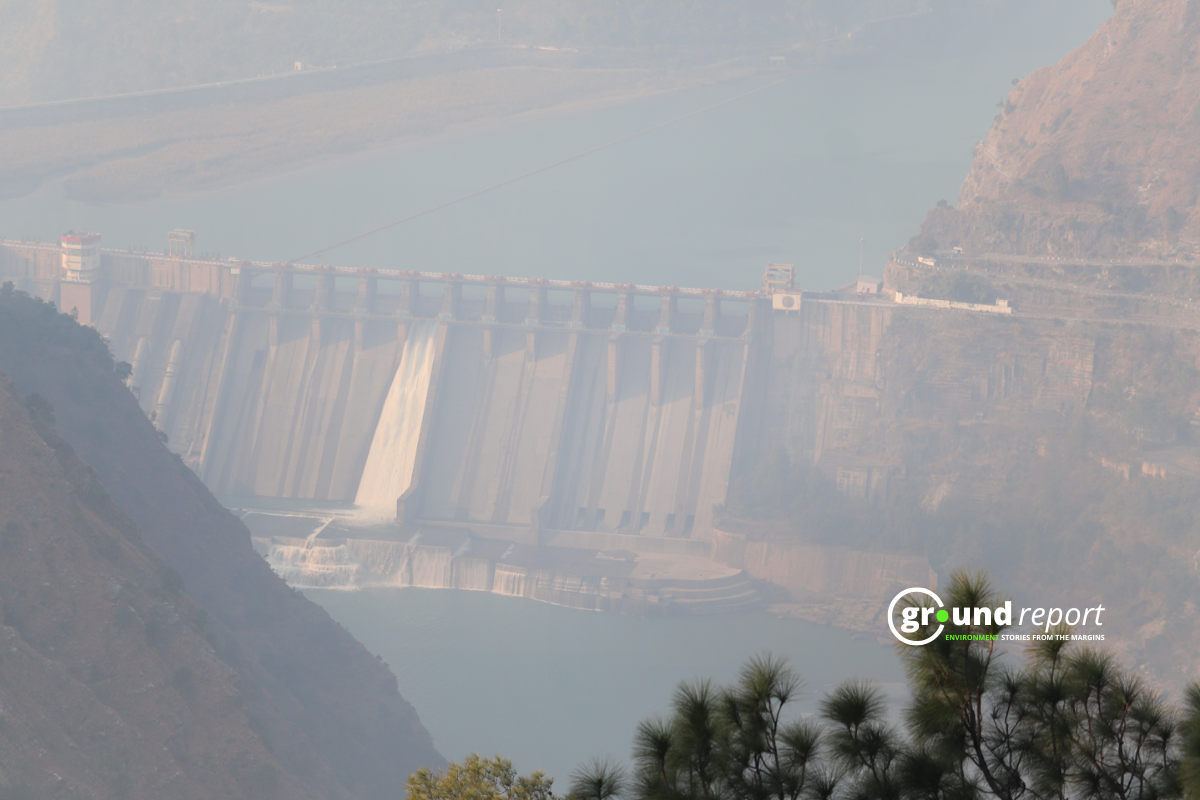An ice colossus the size of Cantabria emerged from the Antarctic Peninsula in 2017, arousing the curiosity of scientists who soon learned that they were in front of some of the largest icebergs recorded by their satellites. This mass of ice was christened the A-68.
The story of the world’s largest iceberg
However, his true fame did not come until 2019 when after two years without taking off from Antarctica, the marine currents began to drag him out to sea. For some, this displacement was considered their death sentence, although what they did not know is that the great mass of ice was able to cope with the waves and cross a red line that few icebergs had overcome.
This fall, the iceberg made its way to the islands of South Georgia, a biological jewel on the planet that is home to the largest king penguin colony in the world, although, yes, having lost a fifth of its original size. However, that did not matter to the experts who soon announced that, equally, it could run aground on the island and its size completely damage that unique ecosystem.
Among other things, their presence could block feeding areas, forcing penguins, for example, to travel further to obtain vital food, especially for the young that await them. “Many of them could starve to death,” Professor Geraint Tarling of the British Antarctic Survey (BAS) told the BBC.
Luckily, extremely strong currents around South Georgia finally came to the island’s rescue to deflect the iceberg from a catastrophic coastal collision. Of course, sentencing the 3,700 square kilometer ice colossus that at that time did not stop breaking apart into much smaller fragments.
At that moment, it gave the baton to the A-23A as the largest iceberg in the world, with about 4,000 square kilometers. Little by little, the A-68 faded into an ice floe just over 60 kilometers long and 20 km wide.
A-68 into smaller
In February 2021, and after closely following its last moments, the United States National Ice Center (USNIC, for its acronym in English), confirmed what everyone already knew: the death of the colossus. (The story of the world’s largest iceberg)
In that month, the constant breaking up of the sons of the A-68 into smaller and smaller fragments led to a doubling of efforts to track them to the point of becoming so small that now, in April, the center has decided to stop tracking them. by the inability of the satellites to detect them in the water, thus putting an end to his life full of ups and downs.
Later, data collected by a British Antarctic Survey (BAS) expedition on the salinity, temperature, and chlorophyll of seawater will help understand the impact of extremely cold freshwater from melting ice on a region of the ocean that is home to colonies of penguins, seals, and whales.
Support us to keep independent environmental journalism alive in India.
Keep Reading
The costliest water from Narmada is putting a financial burden on Indore
Indore’s Ramsar site Sirpur has an STP constructed almost on the lake
Indore Reviving Historic Lakes to Combat Water Crisis, Hurdles Remain
Indore’s residential society saves Rs 5 lakh a month, through rainwater harvesting
Follow Ground Report on X, Instagram and Facebook for environmental and underreported stories from the margins. Give us feedback on our email id greport2018@gmail.com.
Don’t forget to Subscribe to our weekly newsletter, Join our community on WhatsApp, and Follow our YouTube Channel for video stories.






